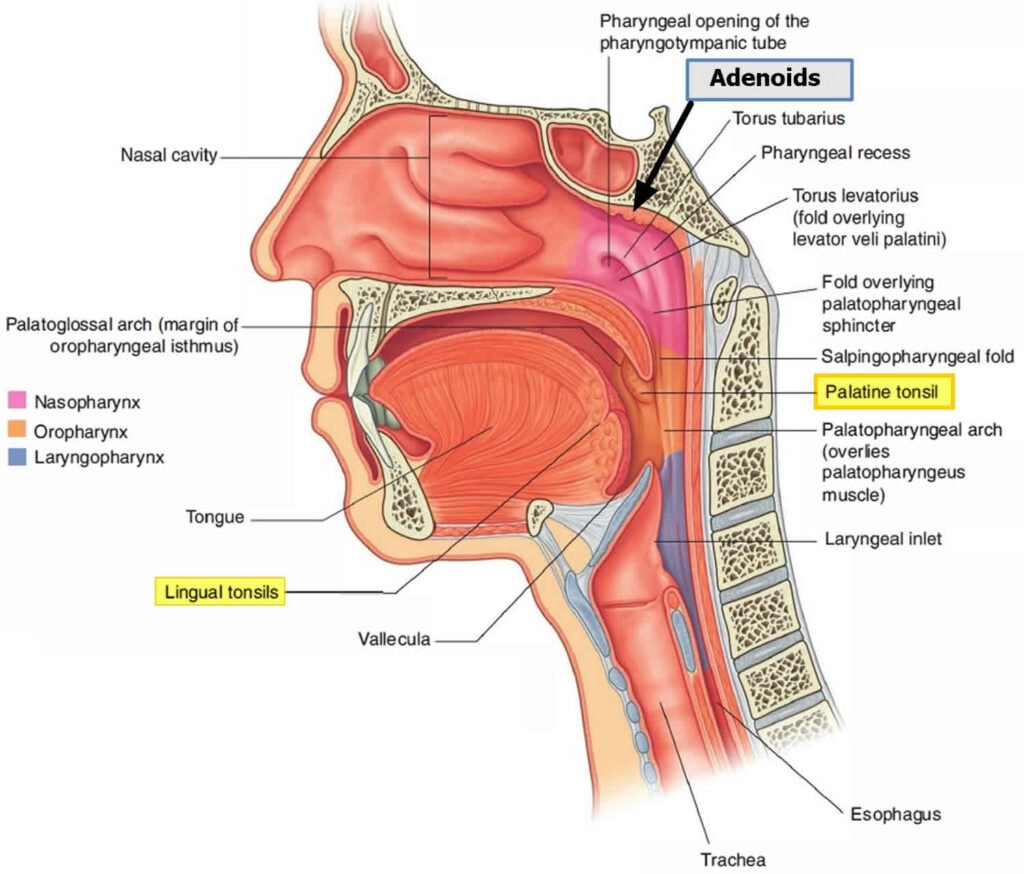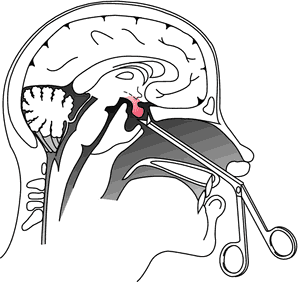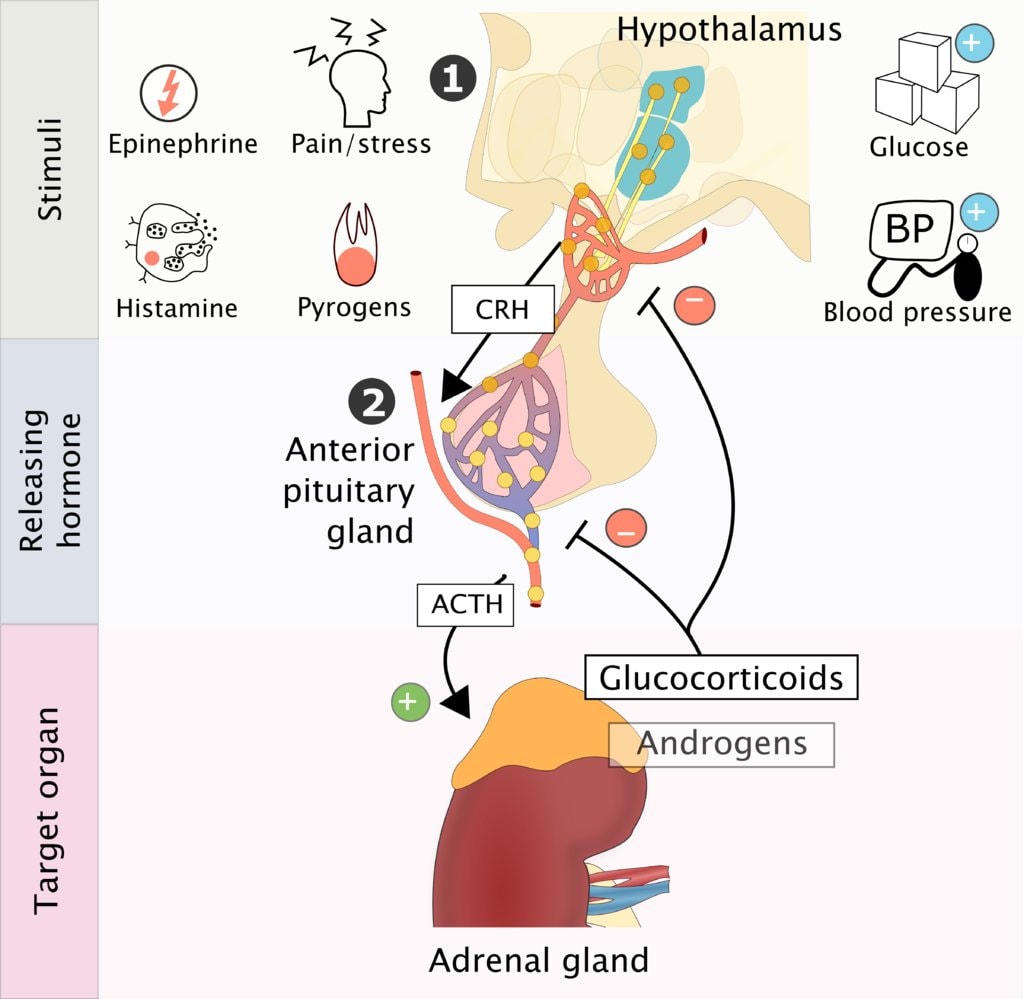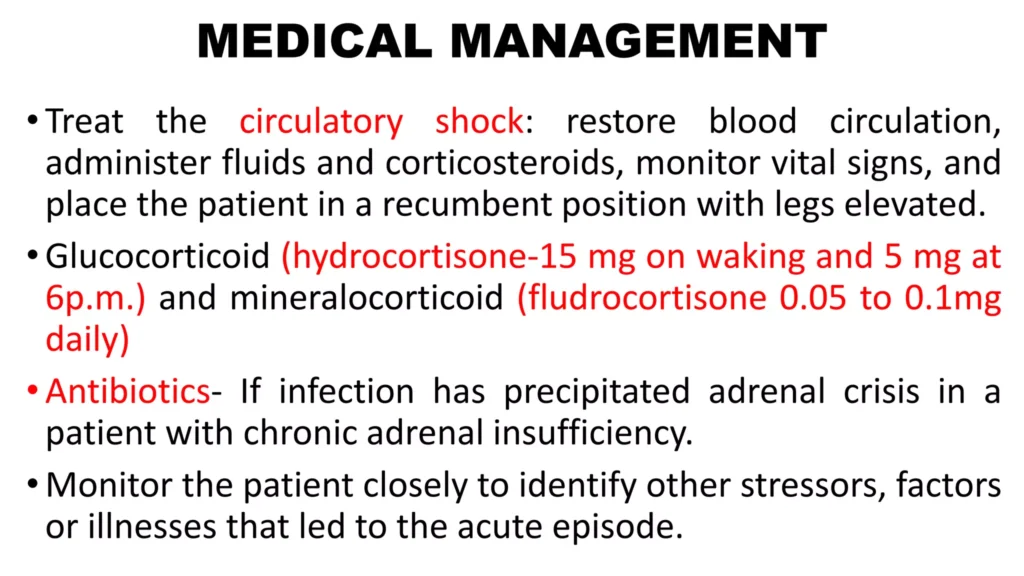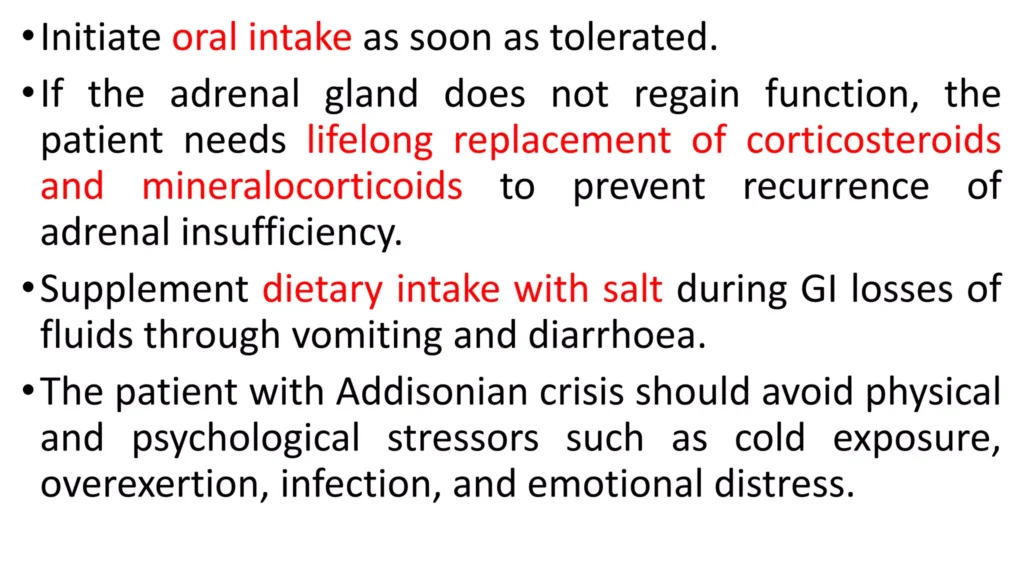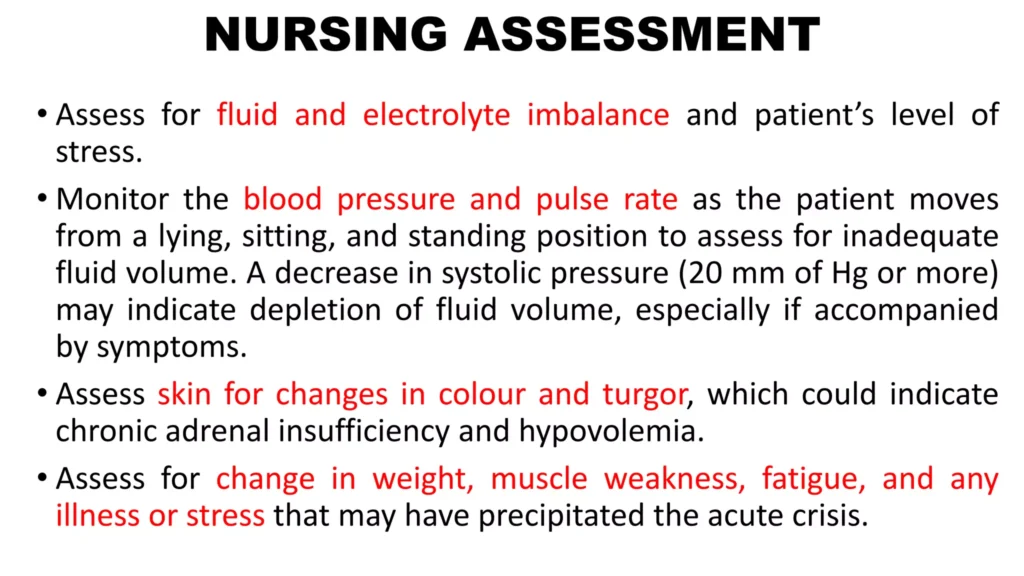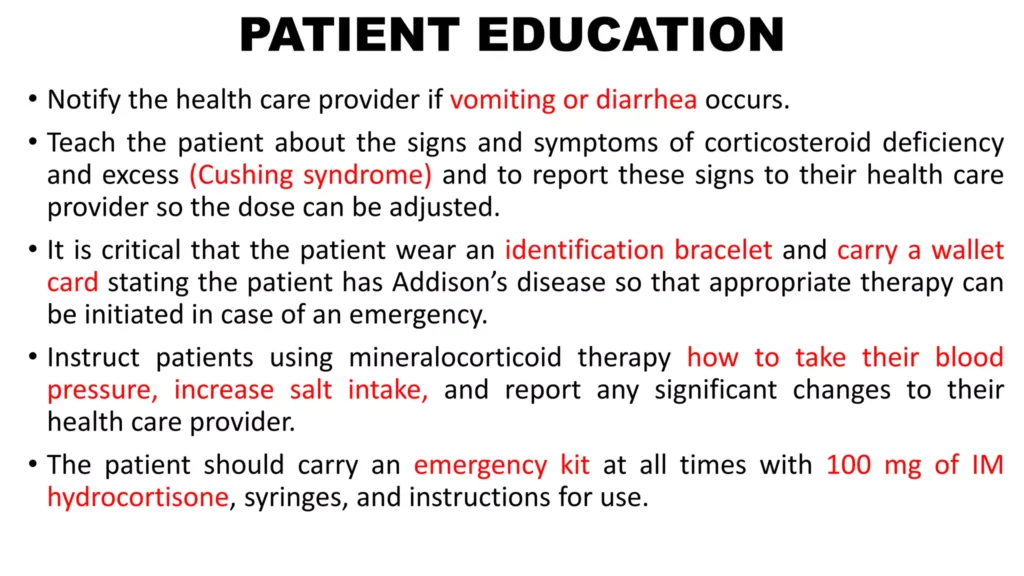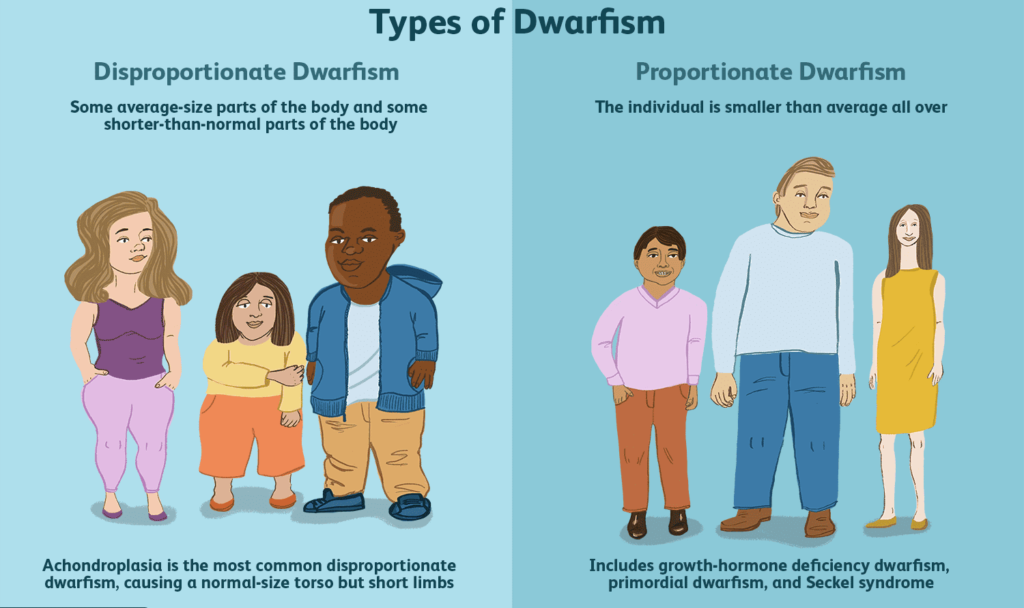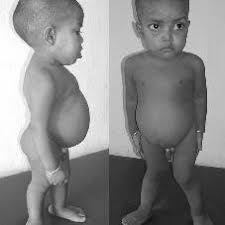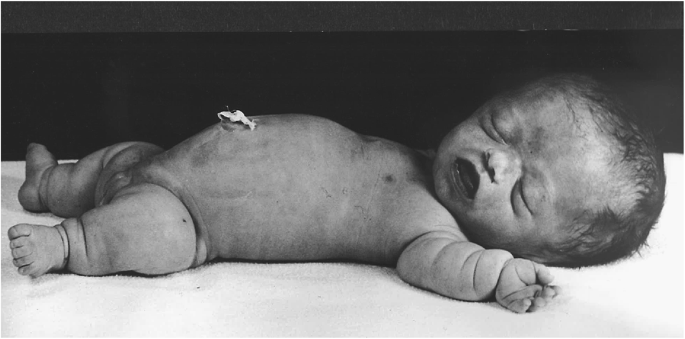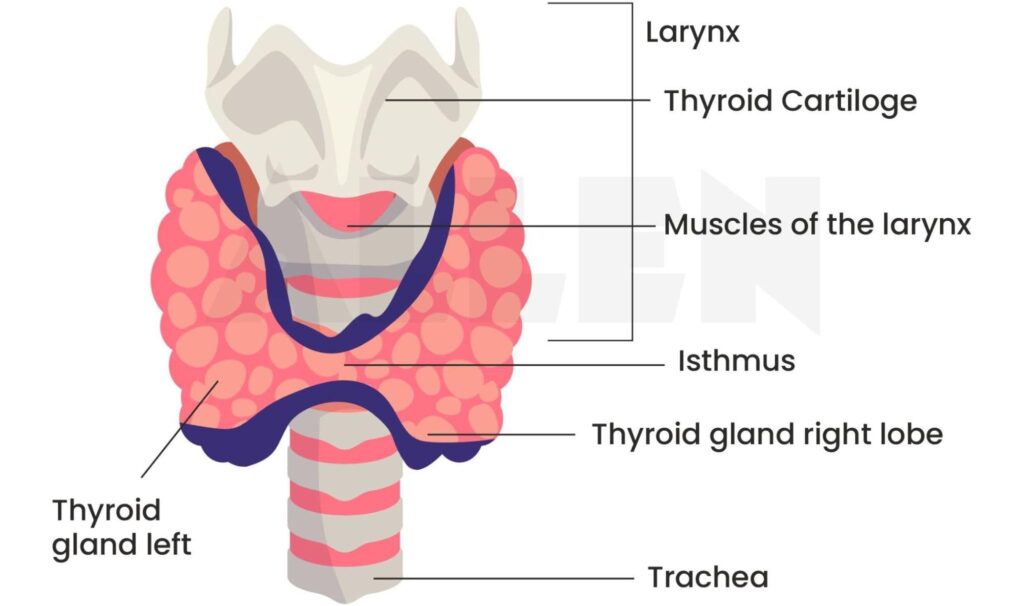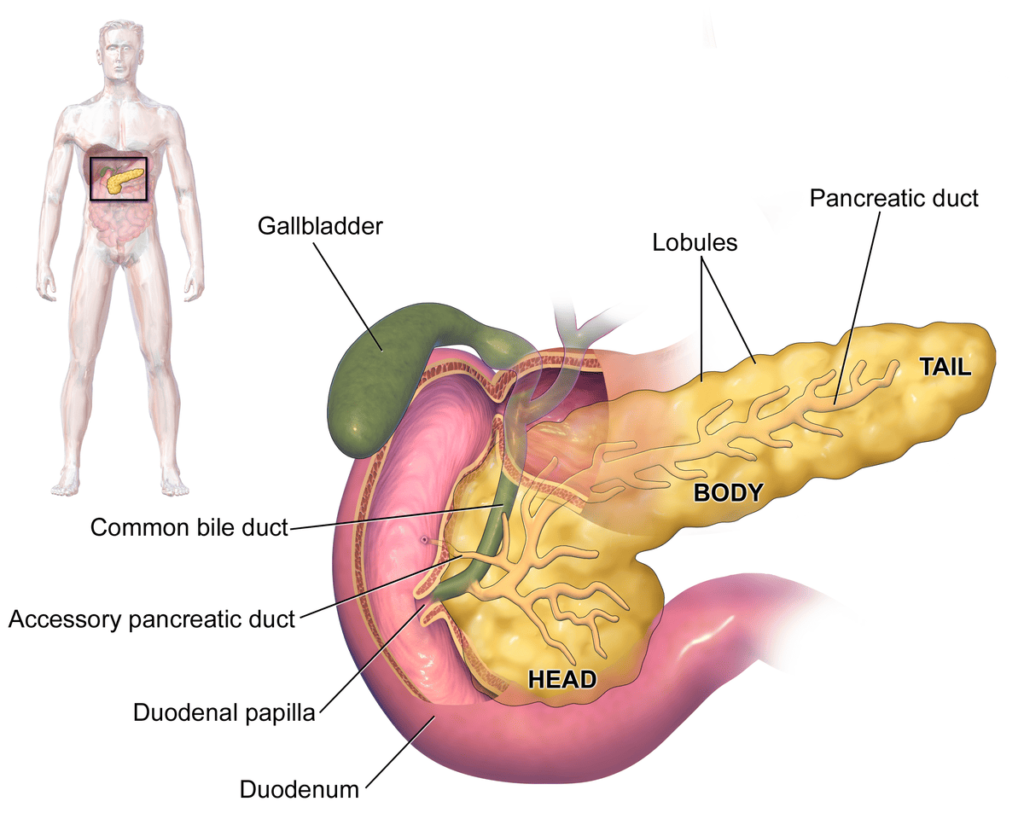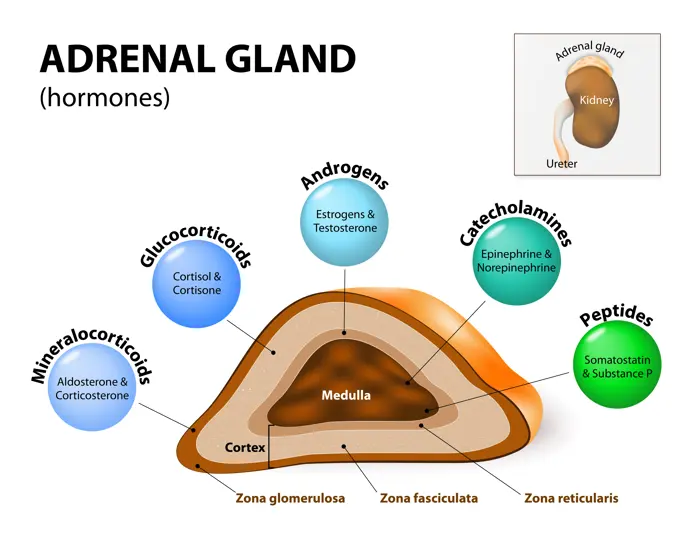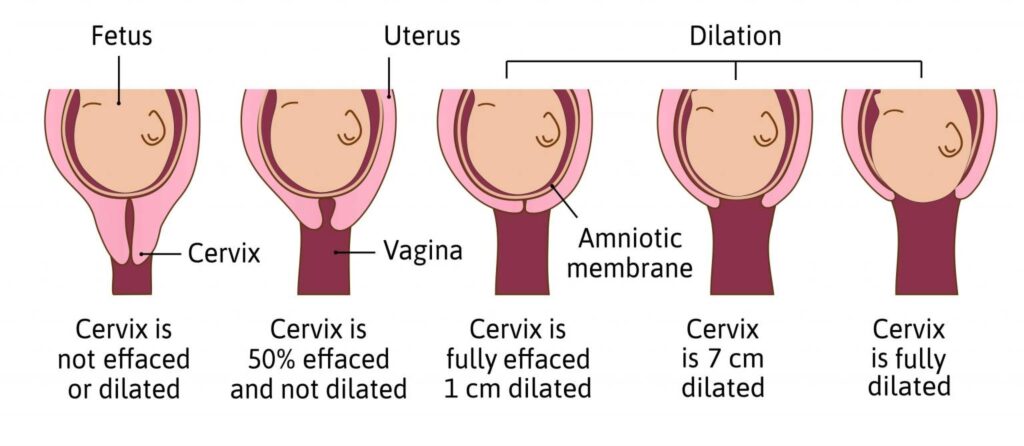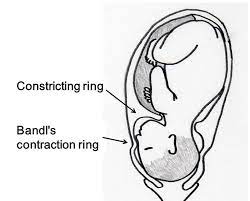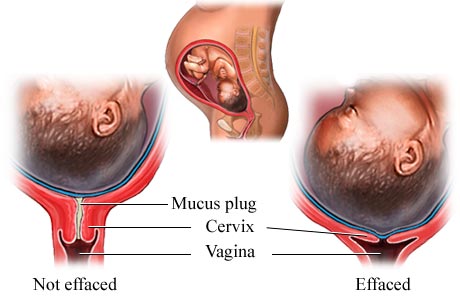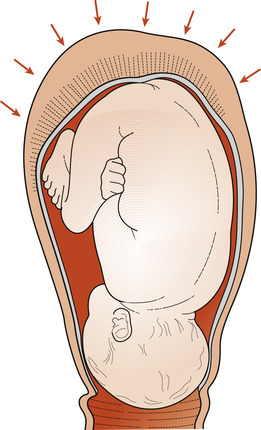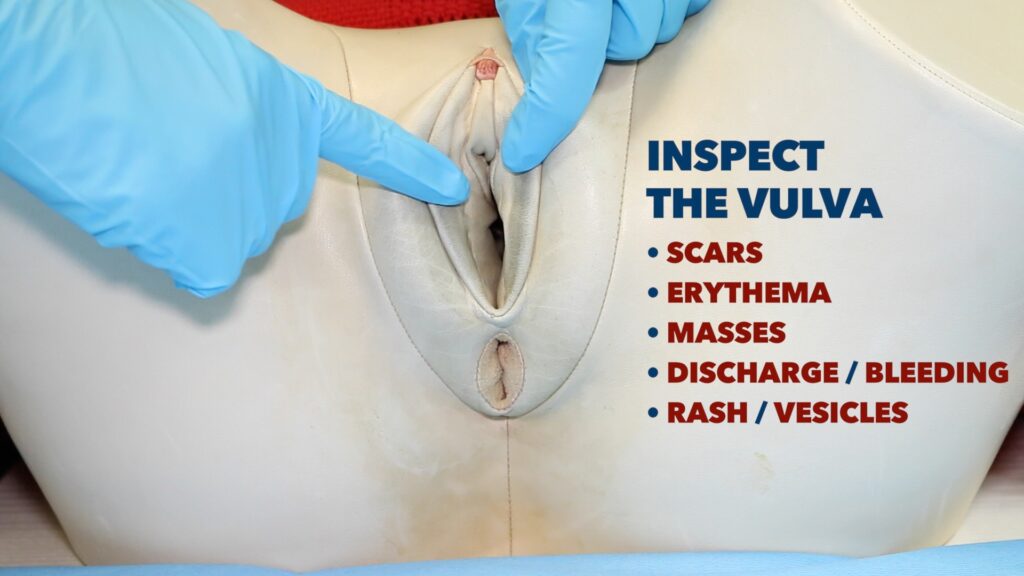Foreign Bodies in The Ear, Nose and Throat
Foreign bodies are objects that are placed in the ear, nose or throat that are not meant to be there and could cause harm without immediate attention.
- Common foreign bodies in the ear include, insects e.g. flies cockroaches , ants etc. Seeds, buttons, beads, stones etc. They are commonly found in the ears of children. Children usually insert foreign bodies themselves or their peers may do it.
- Adults usually have insects and cotton buds.
- Occasionally the foreign bodies may penetrate adjacent parts and lodge in the middle ear & some can be removed by a probe or syringing and after the ear should be checked properly to exclude any damage. Some un co-operative children need general anesthesia.
Clinical features of Foreign bodies in the ear
- Pain
- Blockage
- Hearing loss
- Bleeding /discharge in case pt attempted to remove it.
- Visible foreign body(FB may be seen in the ear)
- Tinnitus (noise in the ear)especially for alive FBs like insects
- Vertigo
GENERAL MANAGEMENT
- Don’t use forceps to try to grasp the object as it will only push it further in the ear.
- If the foreign body has an edge to grab, remove with Hartmann forceps.
- Syringe the ear with lukewarm water
- If the foreign body cannot be removed by syringing, remove with a foreign body hook.
- General anaesthesia may be essential in children.
- Insects: Kill by using clean cooking oil or water into the ear, then syringe out with warm water.
For smooth round Foreign bodies.
- Syringe the ear with clean Luke warm water
- If Foreign body cannot be removed by syringing , remove with a foreign body hook.
- General anaesthesia may be essential in children and sensitive adult
- Do not use forceps to try to grasp round objects as this will only push them further in the ear.
For other Foreign bodies
- If there is an edge to grab, remove with Hartmann(crocodile) forceps.
For insects in the ear
- Kill these by inserting clean cooking oil or water into the ear, then syringe out with warm water.
- Cockroaches are better removed by a crocodile forceps since they have hooks on their legs that make removal by syringing impossible.
For impacted seeds:
- Don’t syringe with water as the seed may swell and block the ear, so refer immediately if you cannot remove with the hook.
- Suction may be useful for certain Foreign Bodies
- Magnets are sometimes used if the objects are metallic.
- Give antibiotics ear drop to prevent infection and pain killers.
WAX IN THE EAR OR IMPACTED CERUMEN
This is accumulation of wax in the external ear that obstructs the external acoustic meatus. Wax is a normal substance produced in the external ear canal and it can accumulate in it . It is made up of epithelial scales mixed with the secretions from special glands in the skin of the outer ear. Wax in the ear is normal & usually comes out naturally from time to time . In most people, the wax escapes as it is formed but in some it remains in the ear canal forming a wax plug and cause a problem by obstructing it and causing deafness.
Causes of impacted cerumen
- Excessive and/or thick wax production
- Small , tortuous and/ or hairy ear canal
- Use of ear pads
Clinical features
- Blocked ears
- Buzzing sound
- Sometimes there is mild pain
Management
- Olive oil/vegetable oil or Glycerine or sodium bicarbonate or liquid paraffin ear drops can be applied three times a day for a few days and it will soften the impacted wax . After this wax may fall out by its own.
- If it fails, then remove it by ear syringing. The clean water used for ear syringing should be warm i.e. at body temperature and is done when the wax is soft. So as not to stimulate the inner ear and cause dizziness. The ear is then dried gently after the syringing & should be examined to exclude any damage to the tympanic membrane.
N.B Advise the patient not to use any sharp object in the ear in an attempt to remove the wax as this may damage the ear drum. Don’t syringe the ear if there is history of discharge and also if there is pain.
Foreign Bodies in The Ear, Nose and Throat Read More »





